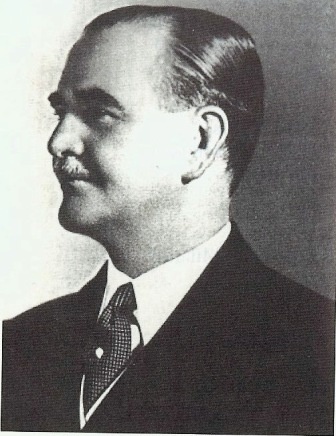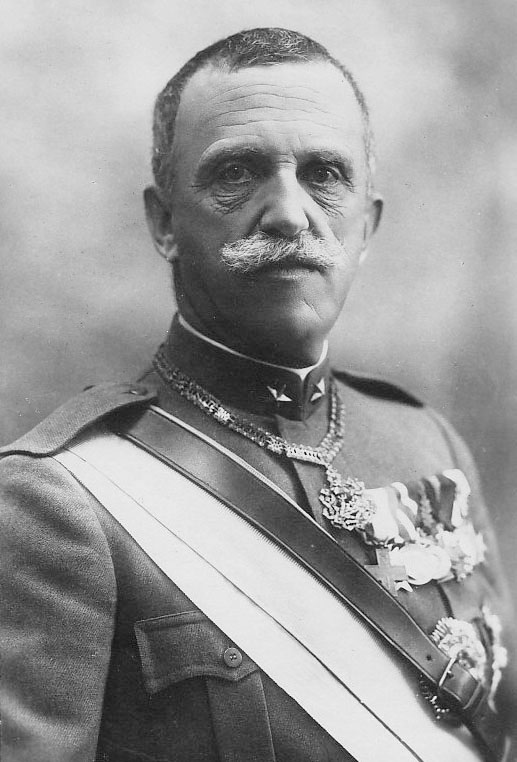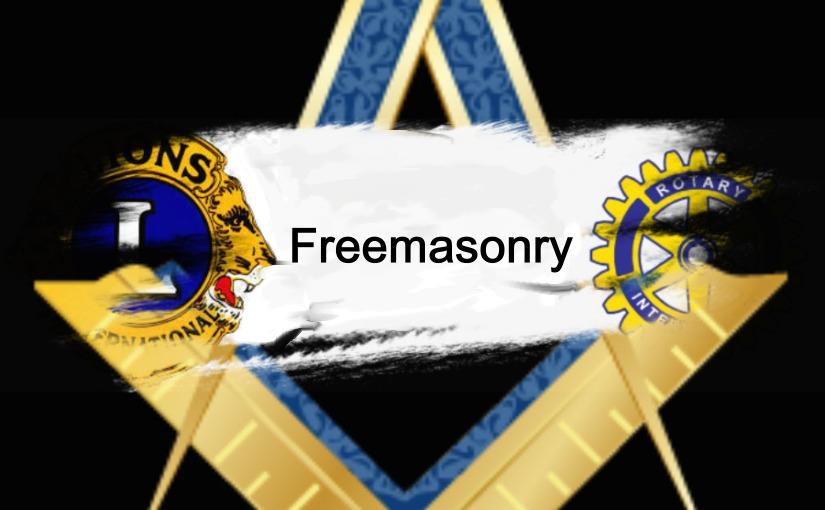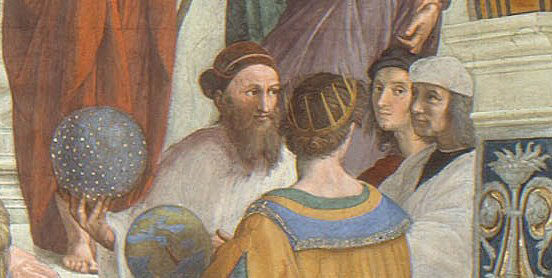Aside from Freemasonry and the Fraternal Orders like The Odd Fellows, there are Masonic-like societies all over the world that promote philanthropic causes. The Lions Club and The Rotary Club are two of the most well-known service organizations. Both were established in Chicago, Illinois, U.S.A. in the early 1900s and developed in Europe twenty years later. The Lions Club was founded in 1917 by Melvin Jones[1]; the Rotary in 1905 by a group of business managers. They were Gustav Loehr, a mining engineer, the coal shopkeeper S. Schiele, the tailor H. Shorey and Paul Percival Harrys, a lawyer. The group met in rotation in each other’s office or shop, hence the name Rotary.
The first Rotary Club in Italy was set up on 20th November 1923 at the Restaurant COVA in Milan, a city that would become the Nation’s economic capital. The founder, however, was not an Italian but Sir James Henderson, an  Englishman and fascist sympathizer who was living in Italy at the time. In 1932, Henderson became the Managing Director of Coats [2] in 1932 and was regularly seen to dine with dictator Benito Mussolini [3]; we also know that Henderson had many business deals with the fascist party during the Duce’s reign of terror[4].
Englishman and fascist sympathizer who was living in Italy at the time. In 1932, Henderson became the Managing Director of Coats [2] in 1932 and was regularly seen to dine with dictator Benito Mussolini [3]; we also know that Henderson had many business deals with the fascist party during the Duce’s reign of terror[4].
The Italian Rotary was an elitist and aristocratic organization that included prominent Italian businesspeople such as Motta, Pirelli and Borletti. After Milan, the Rotary Club expanded to Genoa, the Piedmont region, and then throughout the Italian peninsular. By then, the list of notable members had grown to include Giovanni Agnelli, Marzotto, Giovanni Treccani, Guglielmo Marconi and King, Vittorio Emanuele III, who  served as an Honorary Member.
served as an Honorary Member.
However, there is no need to retort to a nearly century-old controversy in order to show that a symbiosis between the Rotary, Lions and Freemasons existed in Italy. Suffice to say that it was none other than Giordano Gamberini [11], a former Grand Master of the Grand Orient of Italy [10] – who declared–on page 5 of the February 1981 issue of the Masonic periodical Hiram – that the two service Societies were Masonic Societies.
Indeed, the Lyons Club’s founder Melvin Jones was the Worshipful Master of Chicago’s Masonic Lodge “Garden City” N.141 of Chicago. Even He later became Lions’ General Secretary and Treasurer and the editor of the Club’s magazine.
The first Lions’ logo of 1918 even displayed the capital letter L (similar to the square symbol) and the Compasses, which are both of Masonic origin and interpretation. The major difference between Rotary, the Lions Clubs and Freemasonry is the lack of esoteric teaching; otherwise, they essentially are “Masonry without the apron” [12]
The Rotarian Lodge N. 415, whose twenty-nine founders were also members of a Rotary Club in London, received the patent in 1920 from the United Grand Lodge of England. The Lodge has survived the test of time and now meets at Freemasons Hall in Great Queen Street.
But under the guise of philanthropy, the Lions, the Rotary Clubs and other Societies like The Fabian whose history I invited you to read, hide a clear elitist and sometime even sinister agenda. Vilfredo Pareto [16], an Italian sociologist and philosopher, has previously warned that “a community is always governed by an elite, even when it appears to have a democratic constitution”.
Continue reading Rotary and Lions: two quasi masonic societies


